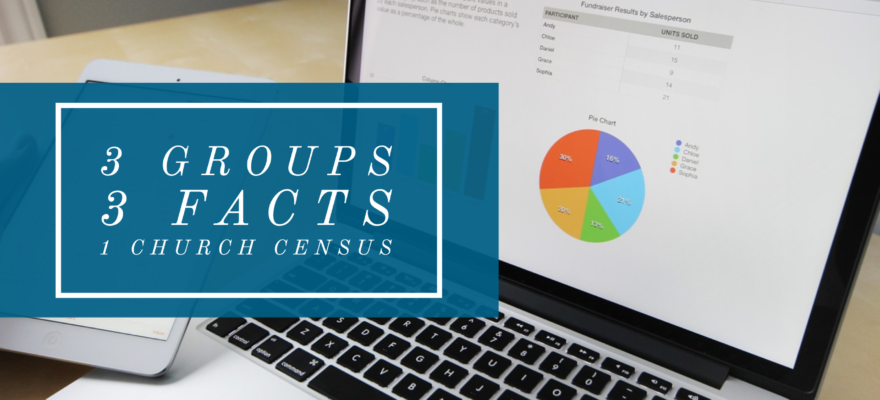by Franklin Dumond, Director of Congregational Ministries
While specific strategies for local church growth must be customized to each church, a few general principles have application in any church location and provide a starting point for discussing growth strategies.
First, outreach must be intentional, not accidental.
On a particular Sunday evening, a first-time guest attended the service. In the course of the evening, this man confessed his desire to become a Christian. That very evening the pastor and his evening crowd were able to share the gospel with him and lead him into a personal commitment to Jesus Christ. That first-time guest had driven past 12 different churches looking for one that had an evening service. Because he found that evening service he became a believer. This accidental outreach happens once in a while in almost every church. It used to be a hallmark of a church’s evangelism. The entire community knew that the church was open and the opportunity to follow Christ was part of every worship experience.
Successful outreach in the 21st century, however, must be intentional. It must be planned, sustained, resourced, and spiritually energized. A young intern made a keen insight as he looked around the church where he was serving. “You can predict when people will be saved around here,” he said in amazement. “Every time we offer our discipleship classes people get saved!”
Second, the power of relationships and the value of invitational witnesses cannot be overstated.
People respond to friends and family they trust. They come to hear the gospel when encouraged to do so by a positive invitation. In many families, however, it has been 2-5 generations since there was a direct family connection to Christ and his church. One very important strategy for growth is Big Day Evangelism when everyone is encouraged to invite friends and family members to share a worship service with them.
Third, when leading an established congregation to new growth, building alongside is much more effective than demolishing what exists.
Changing a church’s culture or preferred way of doing things can take 8-10 years, so invest in the long haul. It is the comers-and-stayers, not the comers-and-goers that make a difference. Because churches by nature are conservative, change can be difficult. It is often much less threatening to offer something new than it is to stop doing something that is already being done.
Fourth, recognize leadership lids and growth ceilings. Limitations exist. One limitation is the leadership skills/gifts/abilities of the leader.
An effective pastor of a multi-staff church with multiple worship services may not be able to lead a single cell congregation where he must be solo and hands-on in leadership style. By the same token, churches reach growth ceilings for a variety of reasons. It may be that the population base is not present or that facilities cannot be secured. As another example, a church that regularly sees large numbers of first-time guests and new members will be more skilled and accomplished at assimilation than the church that counts guests and new members for the year on one hand.
Fifth, will a refocus, restart, or adoption be involved?
This is important since these kinds of growth require transformational growth and radical change. Each can be appropriate at different times in the life cycle of a congregation.
Refocus takes the existing congregation into a new chapter. It occurs most naturally when a congregation is approaching or just past its peak.
Restart generally occurs at the end of a congregation’s life cycle when everything that was is coming to an end. A new beginning occurs with a new direction, new leadership, new programming in a newly remodeled building.
Adoption or merger occurs when one congregation joins another. Two places on the life cycle are the most likely times for this to occur. In the early stages of development, if the newly organized group determines that their dream/vision is not viable, they may keep that dream/vision alive by merging with or being adopted by another group. In the later stages of a church’s existence, a congregation may see adoption by a stronger sister-church as a preferable option to closure. Sometimes this allows them to become a satellite campus of another church.
Sixth, for evangelism to occur, a church must build the basics of evangelism into its very DNA.
The pastor must preach evangelistically. At least 2-3 times in the year the morning message should be nothing more than a simple presentation of the gospel.
The pastor and church leaders must repeatedly explain how to respond to the gospel and must be readily available to explore questions and issues with those who are on a spiritual quest.
The new member’s classes should teach the basics of how to share a personal witness.
The church should regularly share tools with its members so they will be properly resourced to invite and to witness. This could include providing gospel tracts, sample conversation starters, and invite cards. It could also include billboard advertising and saturation mailing campaigns that provide an incentive or secondary reinforcement to encourage congregation members to regularly invite folks to attend with them.
Specific strategies, when customized to the local setting and empowered by the Holy Spirit, will result in church growth.



